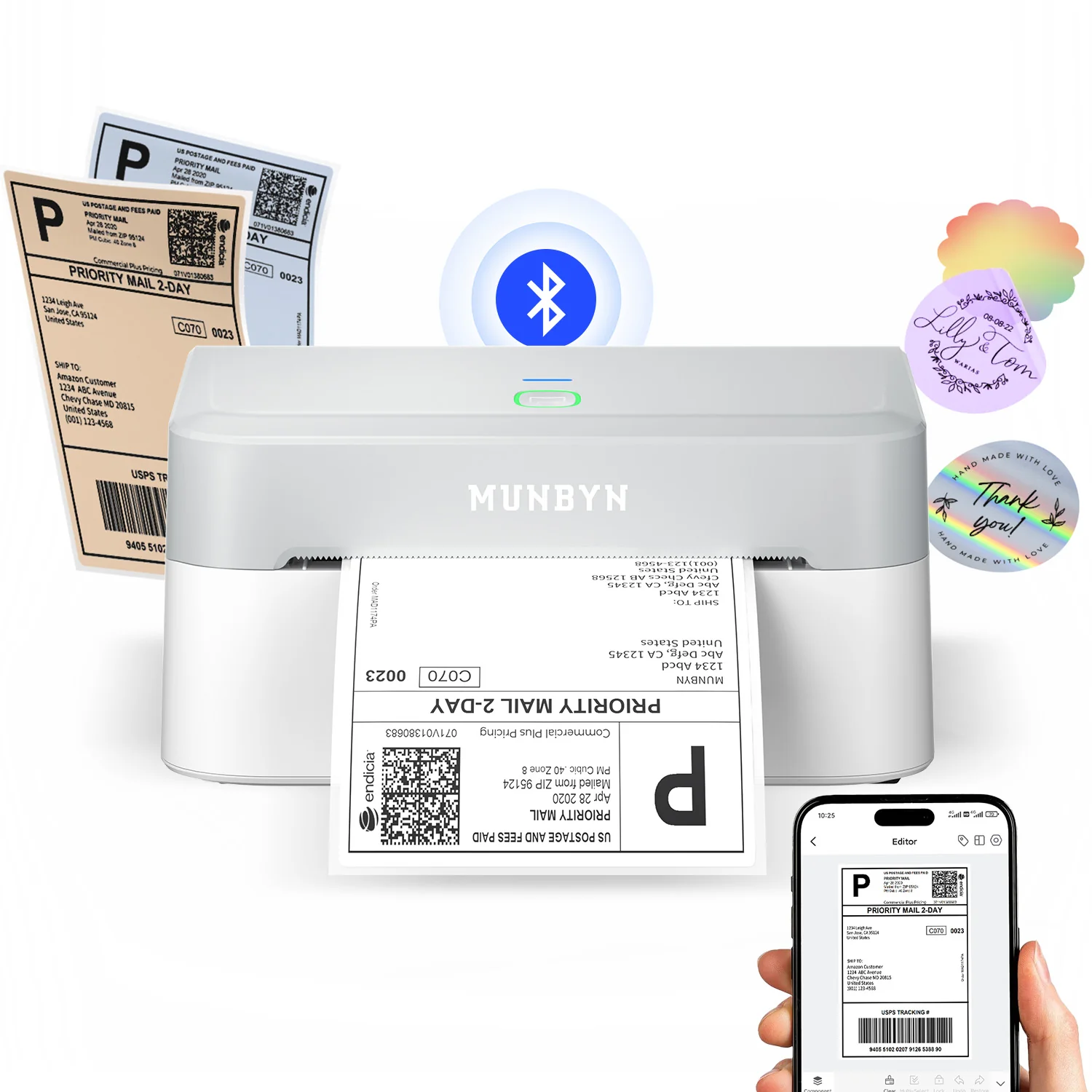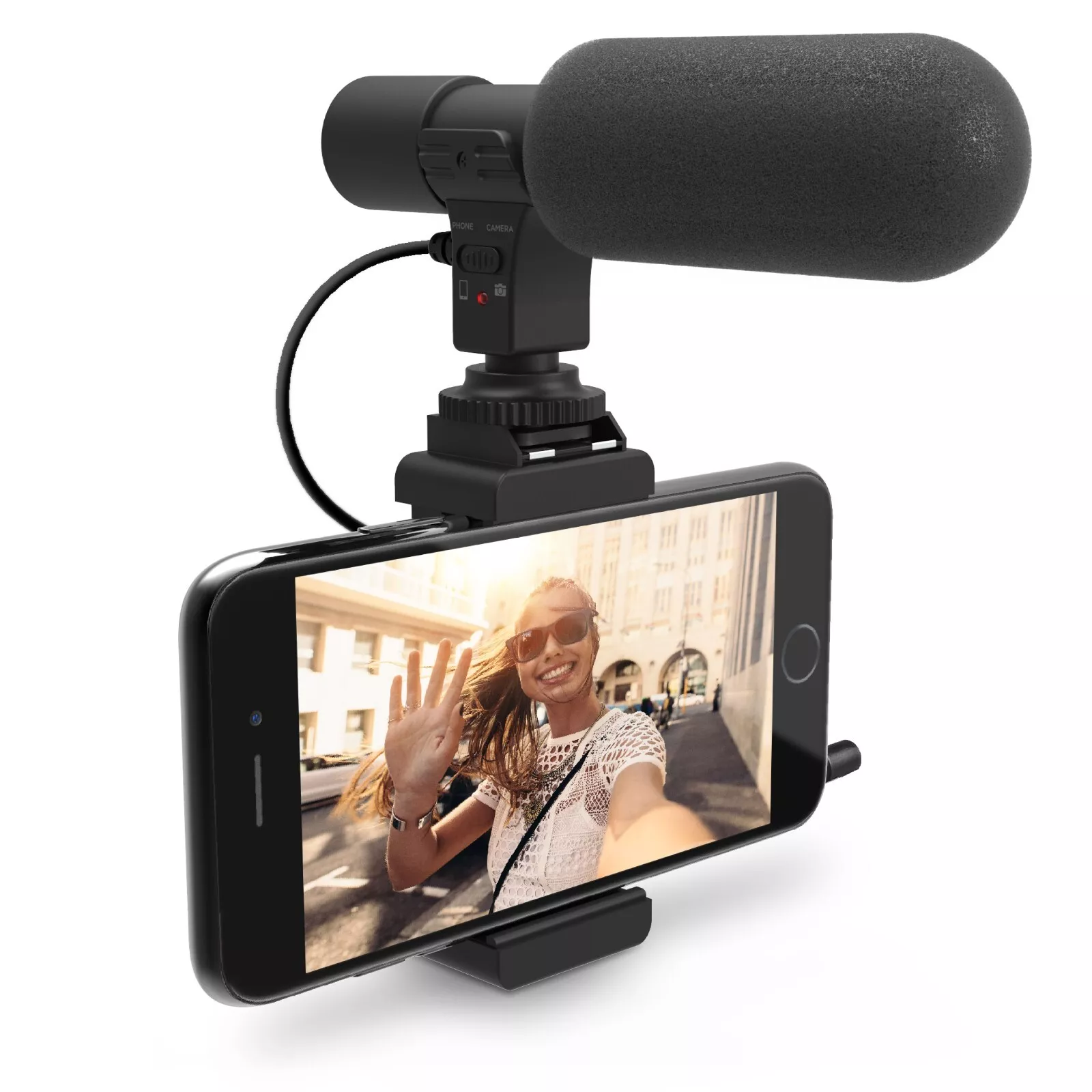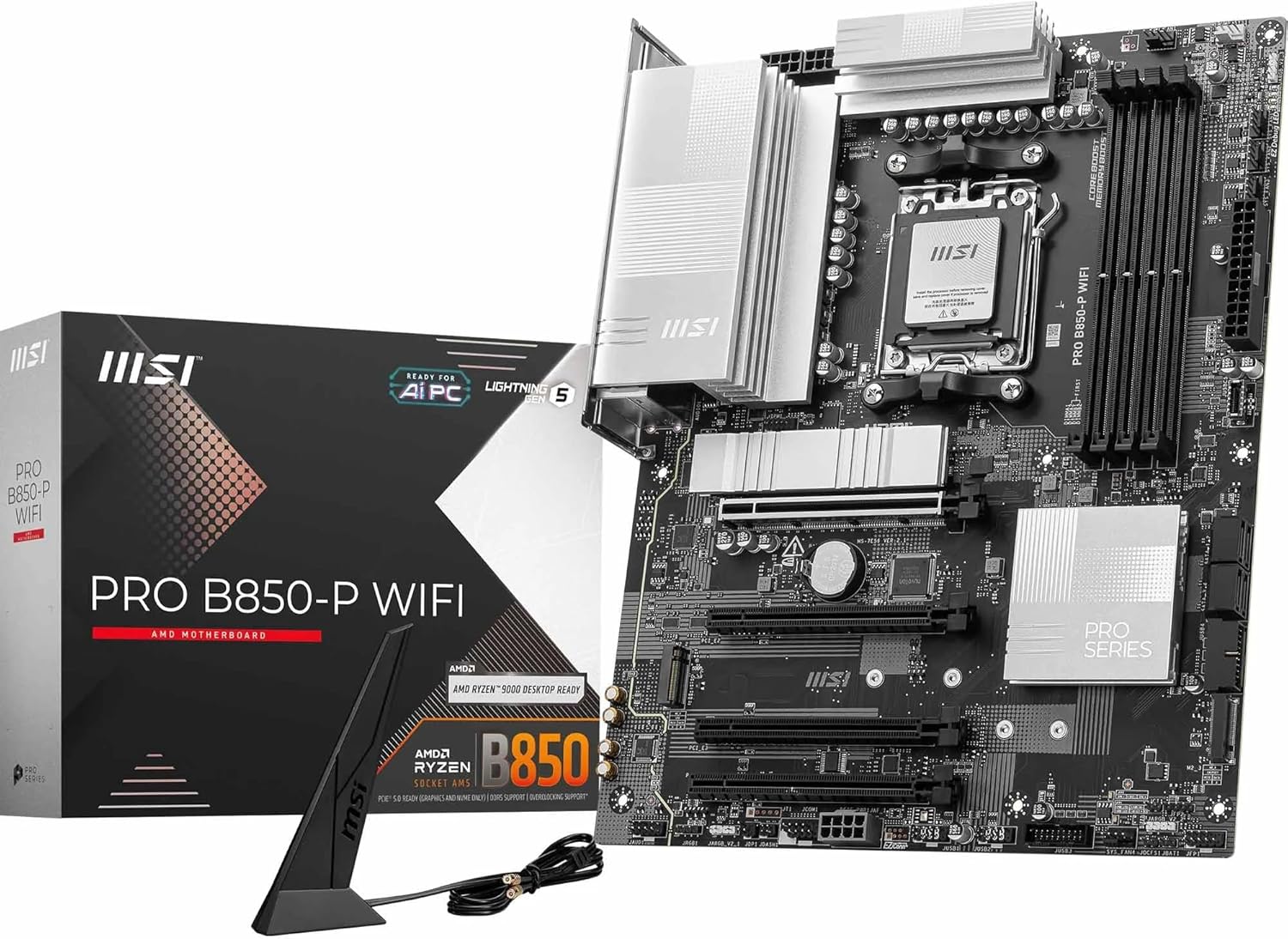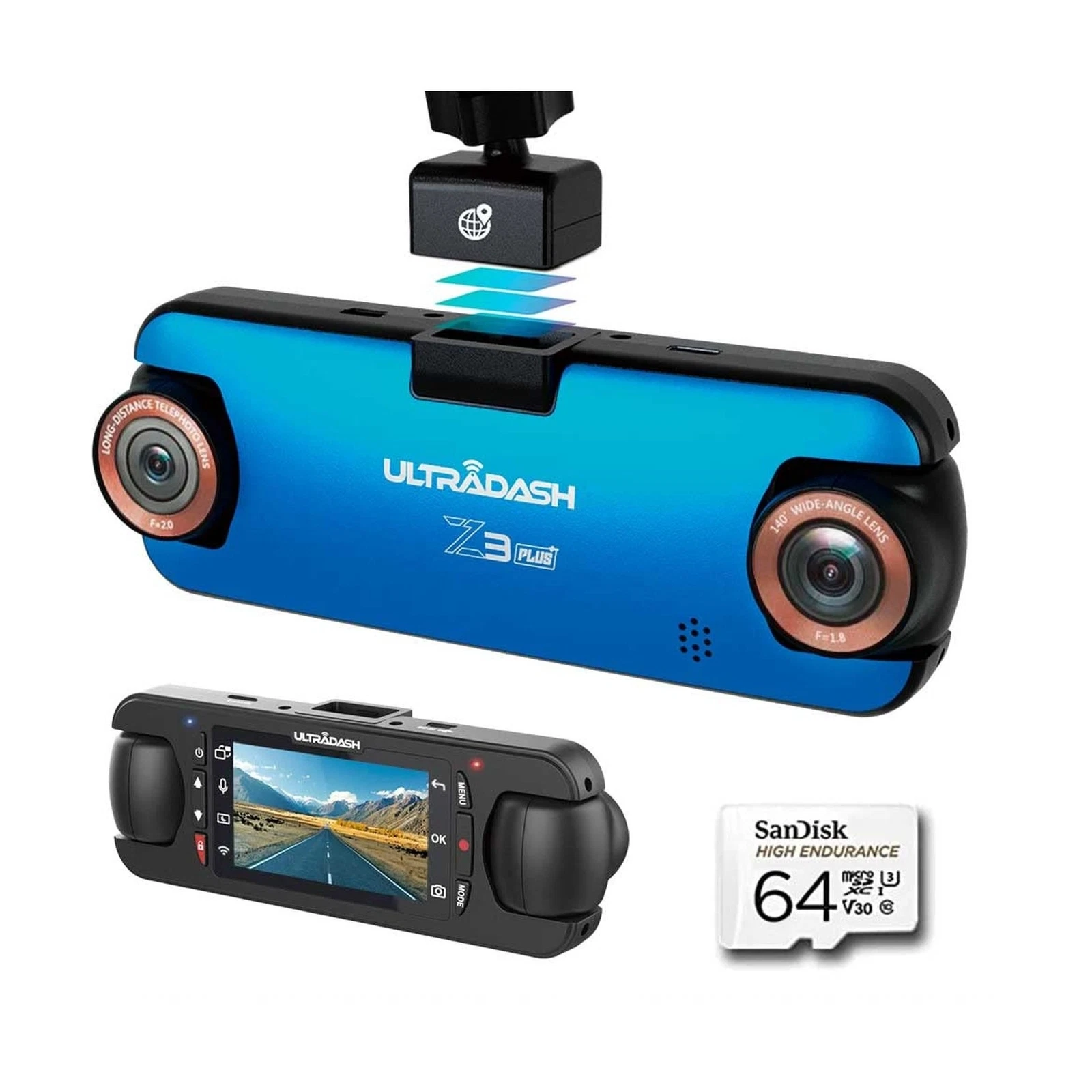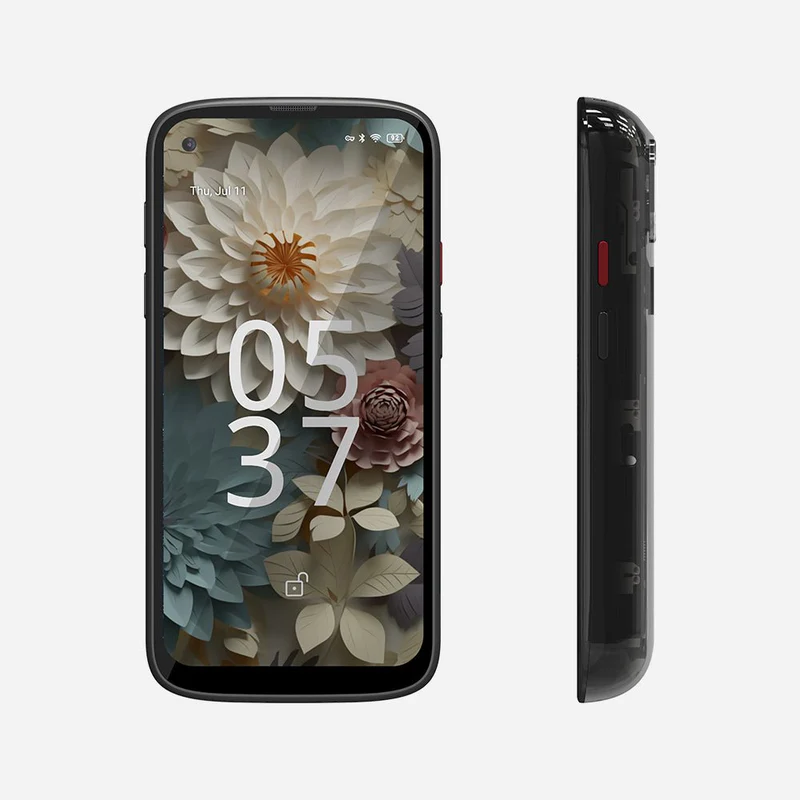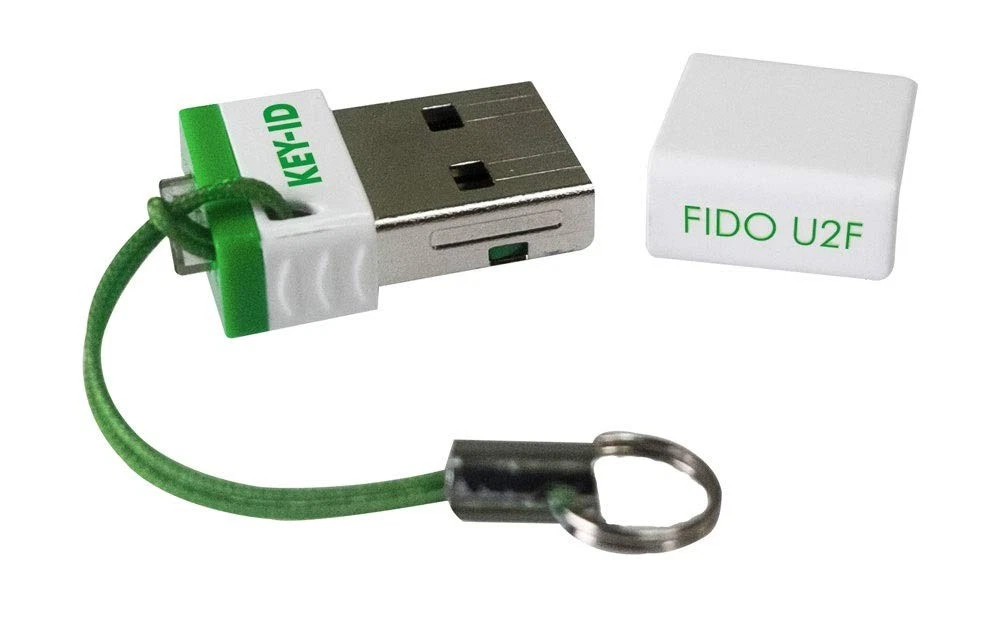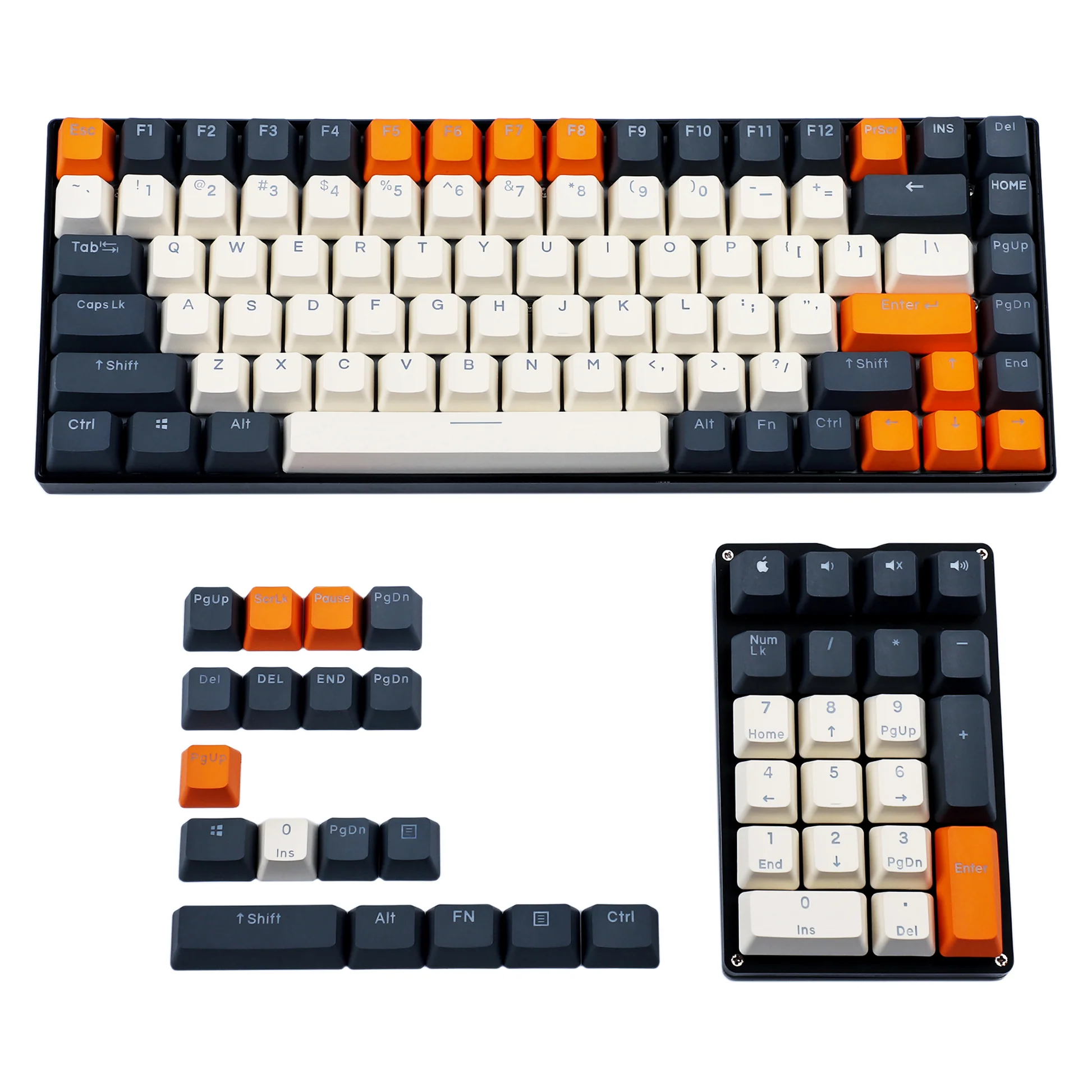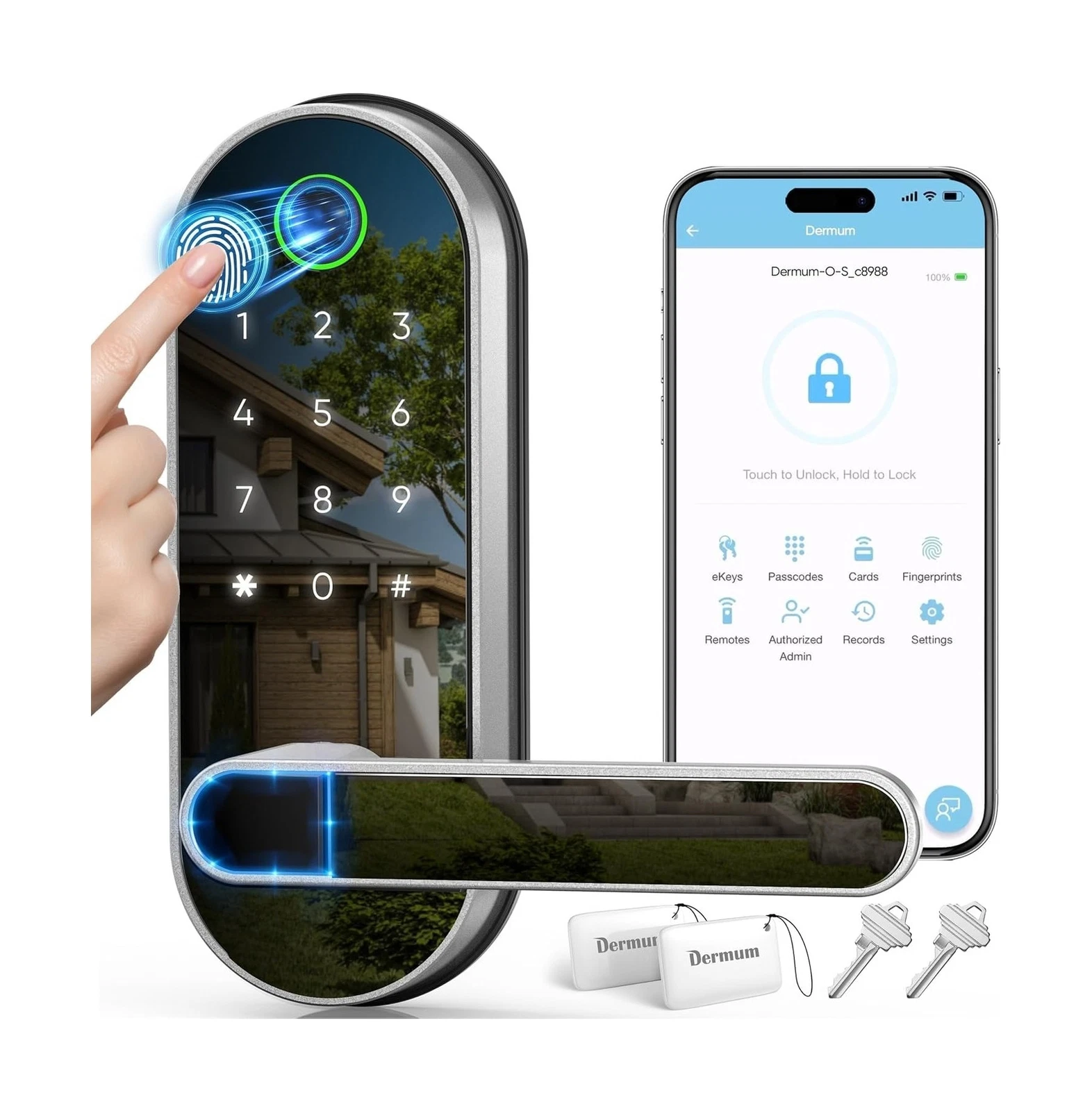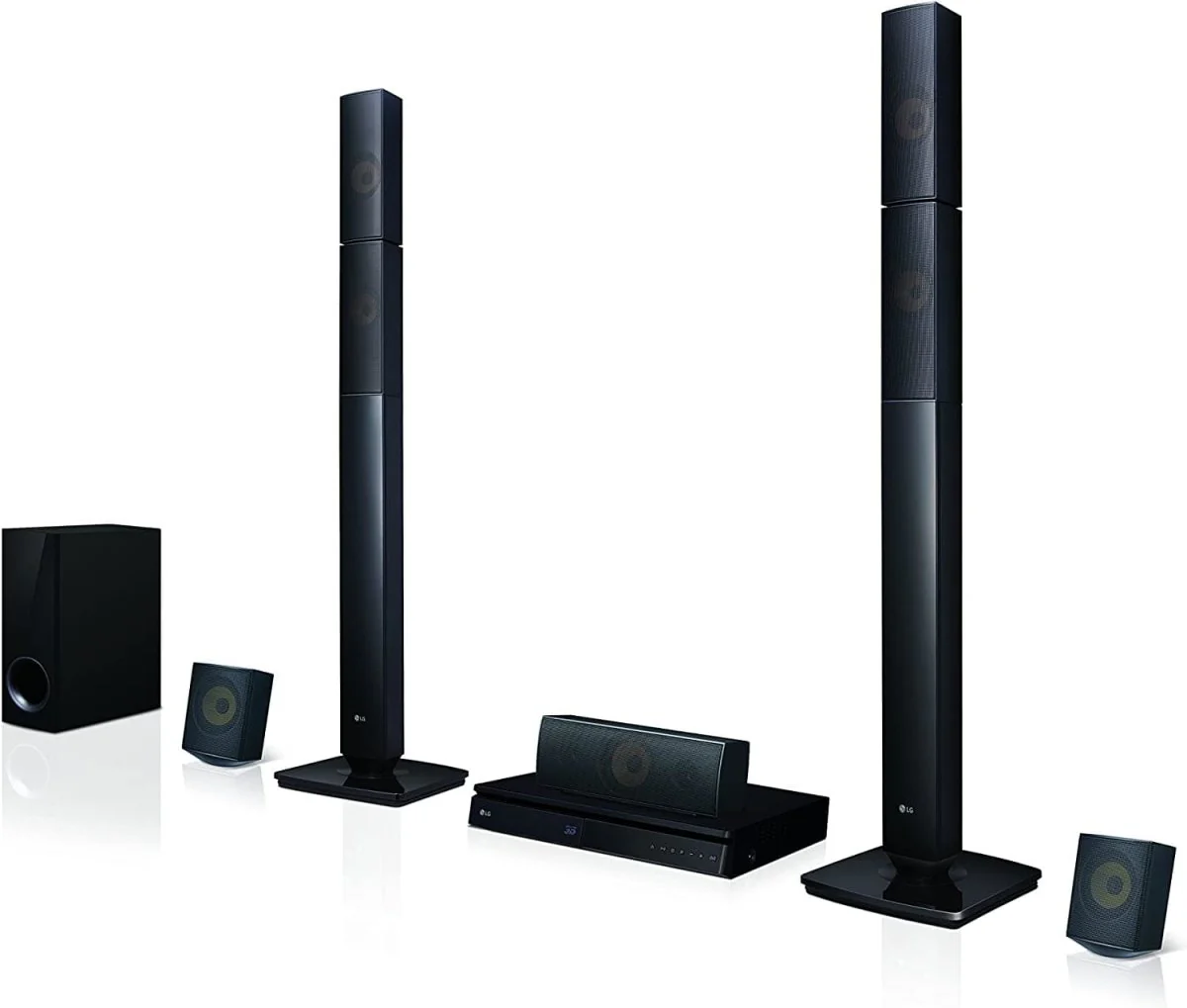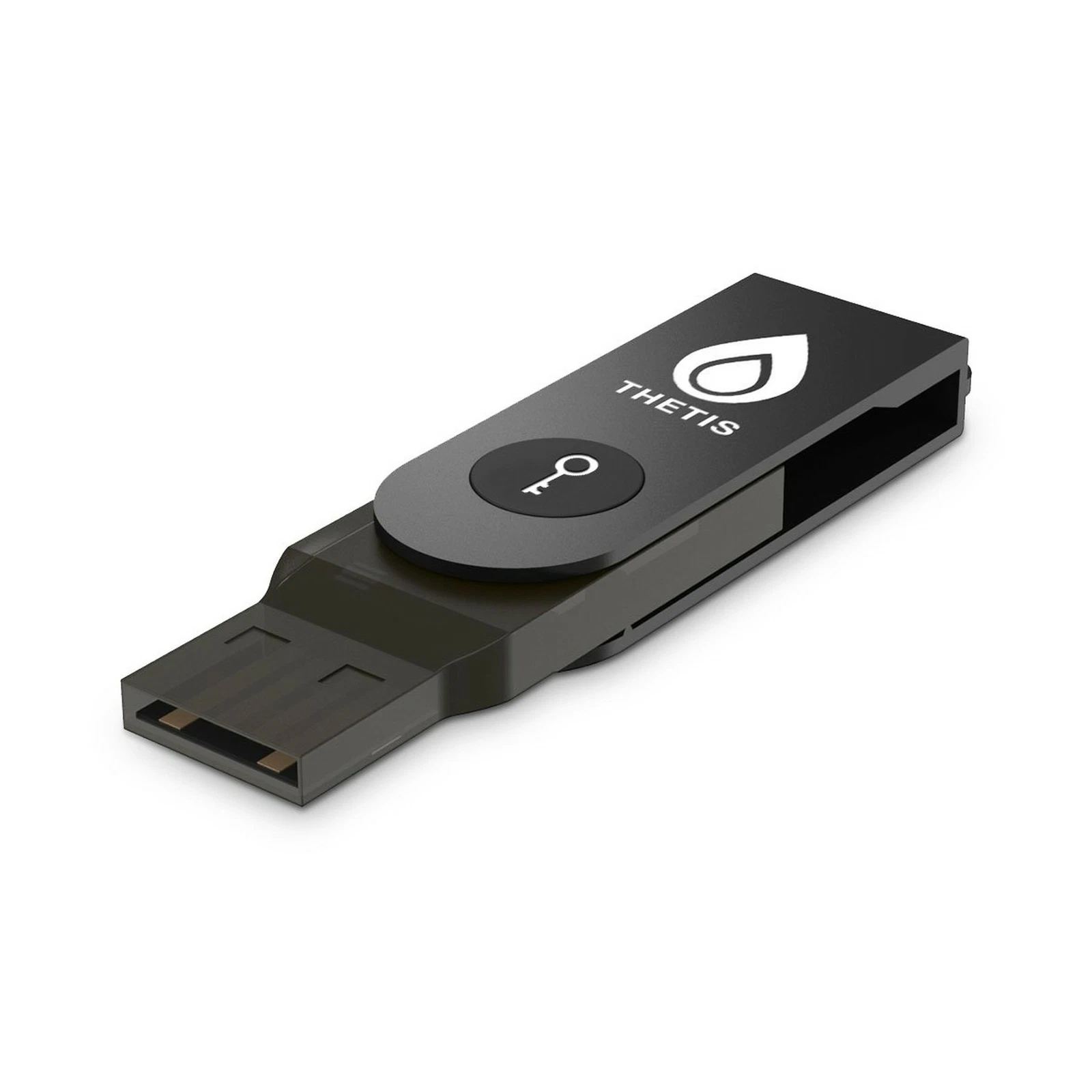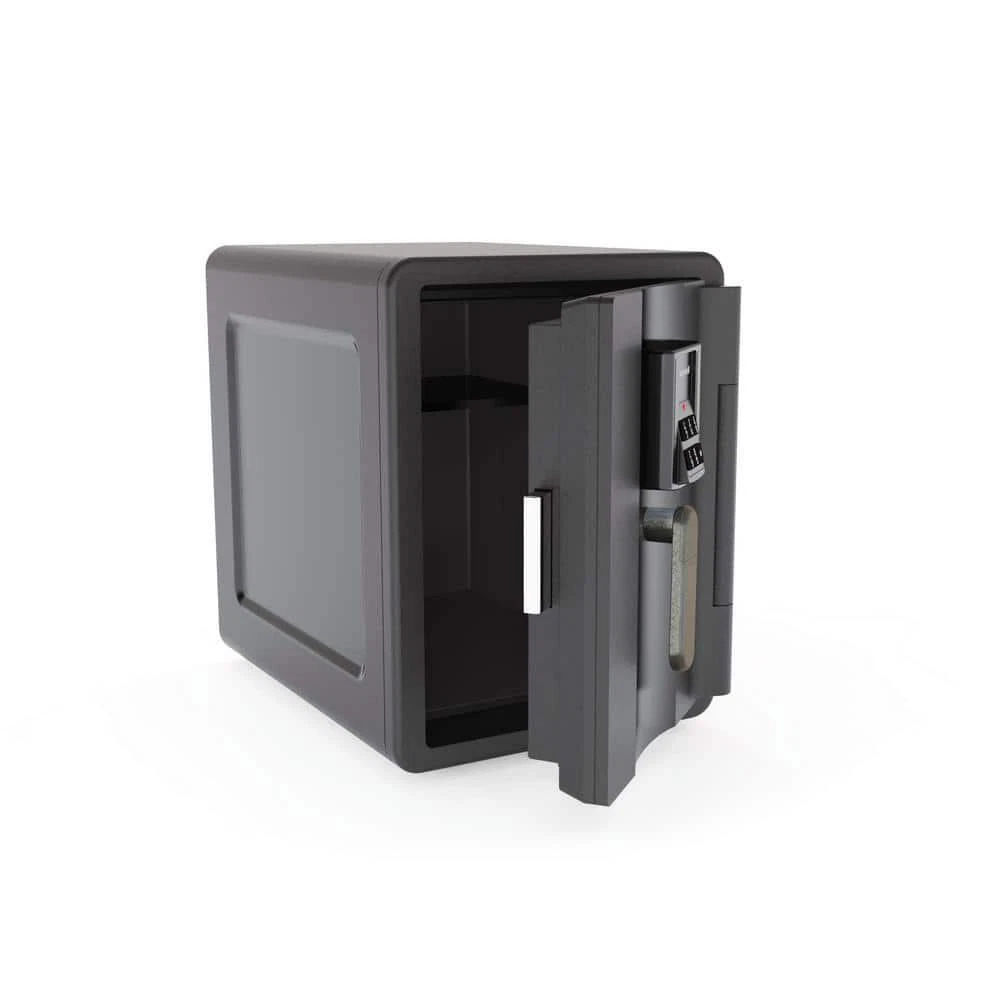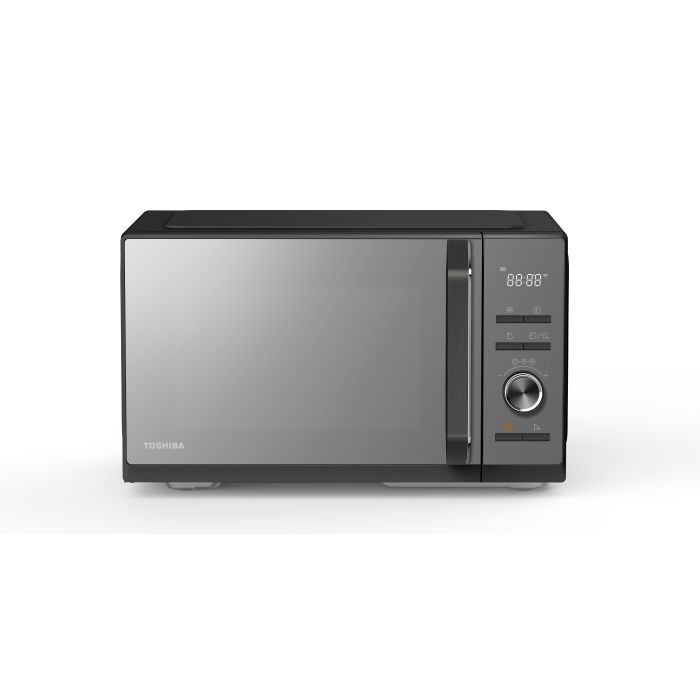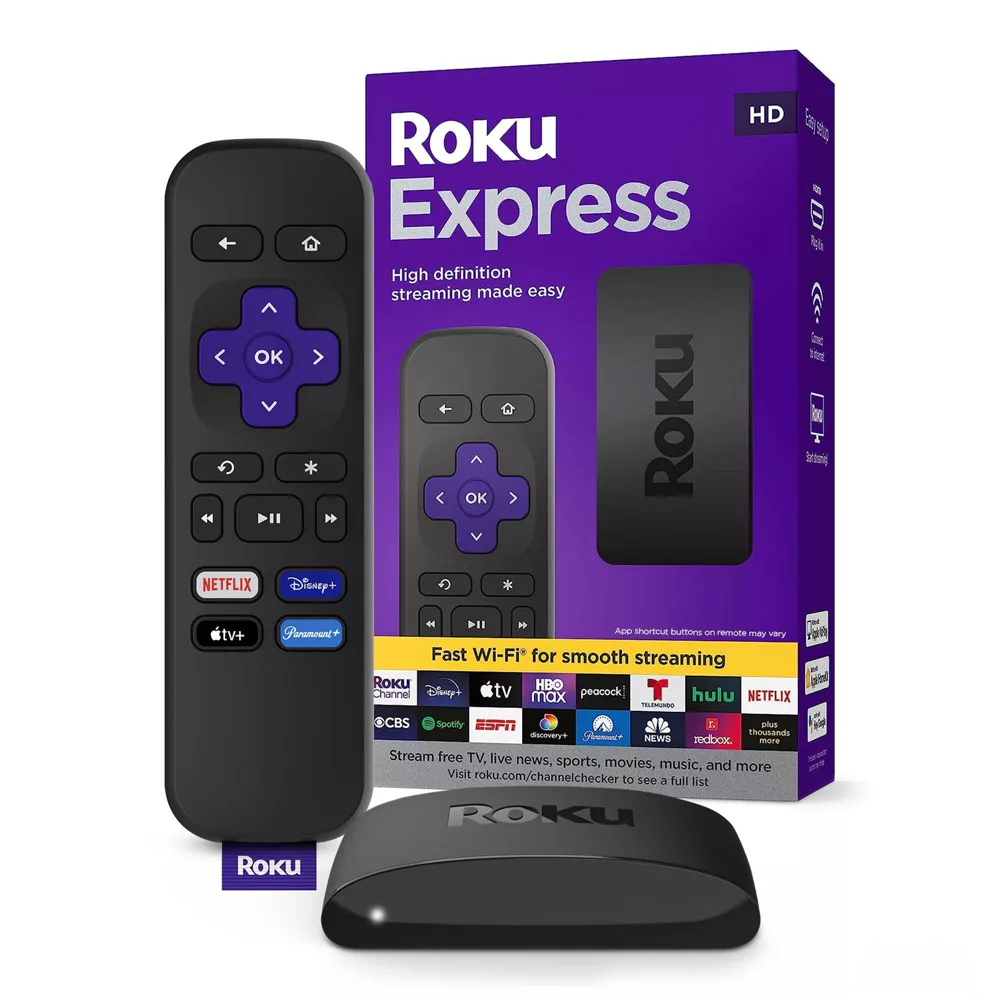If you’re still fighting a home inkjet for shipping labels, this is your sign. Thermal printers swap ink drama for heat-driven clarity: crisp barcodes, smudge-proof text, and labels that survive rain, vans, and parcel hubs. In this guide, we’ll help you pick the right Munbyn Thermal Printer for your setup—kitchen-table Etsy shop, pop-up market, or full-time warehouse—then show you how to integrate with marketplaces, choose label sizes, and automate the boring bits. You’ll also get maintenance tips, troubleshooting plays, and a smart scaling plan so your printer doesn’t bottleneck growth.
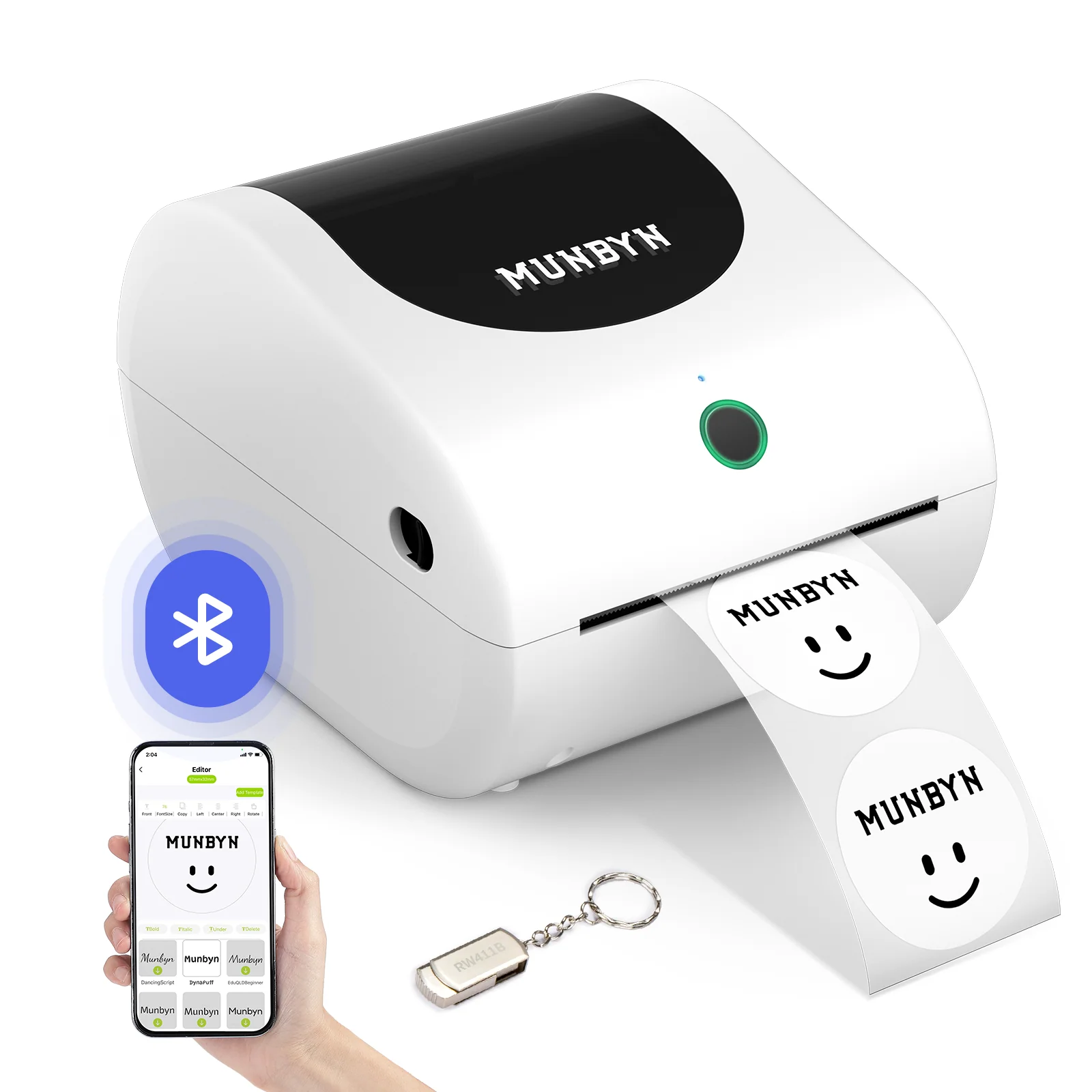
Why Thermal Beats Inkjet for Labels (Especially in the UK)
Thermal printers are engineered for labels, not photo albums. They heat special media to make the image—no ink, no toner, no clogged heads after a rainy week. That means:
- Lower running costs: Labels only. No cartridges to stock or replace.
- Durability: Water-, smudge-, and courier-proof output with the right media.
- Speed: Dozens of 4×6″ labels per minute without jams from wet ink.
- Clarity for scanners: Solid blacks and clean edges = fewer “cannot read barcode” moments at the depot.
For UK sellers juggling Royal Mail, Evri, DPD, Parcelforce, or UPS, reliability under pressure is everything. The Munbyn Thermal Printers lineup is built around that promise—compact bodies, shipping-friendly widths, and software that plays with the major platforms.
Model Matchmaking: Which Munbyn Is “The One” for You?
Different workflows, different picks. Use this quick map:
- USB Desktop (workhorse): If your printer sits by a laptop or desktop and you print batches of courier labels, choose a USB/USB-C model. You’ll get maximum stability, top speeds, and the broadest driver support for Windows/macOS/ChromeOS.
- Bluetooth (mobile/retail): Running a pop-up, market stall, or printing shelf labels on the shop floor? A Bluetooth model pairs with phones/tablets for on-the-go labeling and price tags.
- Portable Receipt/Sticker units: For QR codes, small barcodes, or receipts at events, a pocket-sized Bluetooth unit is clutch—but note these aren’t for 4×6″ courier labels.
- Industrial/High-volume: If you’re churning hundreds a day, prioritise metal frames, auto-calibration, and continuous runtime. (Munbyn’s pro-leaning models add heat management and faster engines.)
All Munbyn Thermal Printers are label-first, but the trick is matching media width, connectivity, and duty cycle to your reality, not a spec sheet.
Label Sizes & Uses: Pick the Right Canvas
- 4×6″ (100×150 mm): The UK shipping standard. Works for Royal Mail 2D barcodes and most couriers’ scanners. If you ship parcels, this is non-negotiable.
- 3×2″ / 2.25×1.25″: Barcodes, SKU stickers, and shelf labels. Perfect for retail stockrooms and Etsy jewellery boxes.
- Round/Custom shapes: Thank-you stickers, “fragile” icons, brand marks.
- Fanfold vs. Roll:
- Fanfold: Stacks behind or under the printer, feeds straight—great for long sessions and easy storage.
- Rolls: Compact, bag-friendly; pair with a roll holder for long runs.
The good news: Munbyn Thermal Printers handle both. Make 4×6″ your baseline, then add a small format for inventory labels and branding.
Setup in Minutes: From Unbox to First Label
- Unpack & place. Keep the rear feed path clear (for fanfold) or slot a roll holder.
- Install drivers/app. Use the OS-specific driver (Windows/macOS/ChromeOS) or the Munbyn mobile app for Bluetooth units.
- Load media. Open the guides, drop fanfold/roll, align to 4×6″ marks, close gently.
- Calibrate. Most Munbyn printers auto-sense label gaps/black marks. Run a quick calibration so the printer knows where each label starts.
- Test print. Print a configuration label or a sample 4×6″—check dark areas (barcodes) look solid, not grey.
Pro tip: set your printer as default for labels only, not every print job. In your browser or platform settings (eBay, Etsy, Shopify, Amazon), map shipping labels to the Munbyn and leave invoices to a regular A4 printer or PDF.
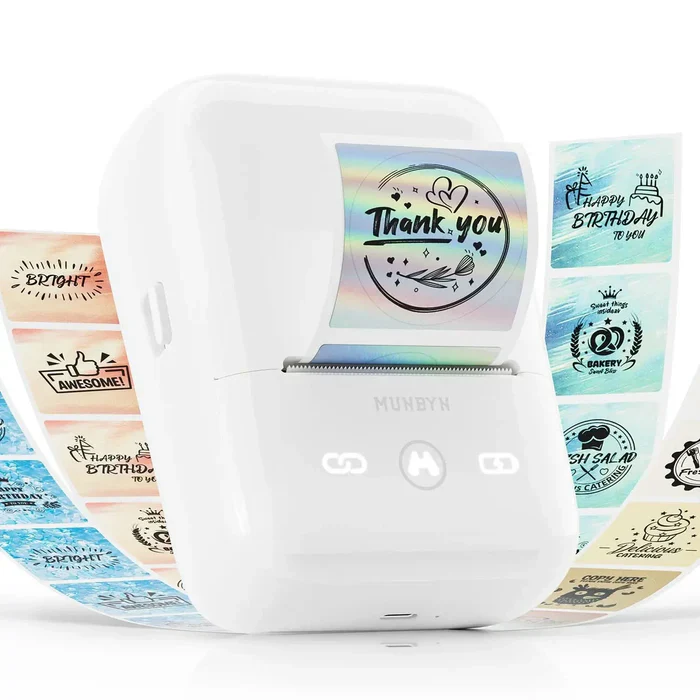
Marketplace & Courier Integration (The Practical Bits)
- Shopify/WooCommerce/BigCommerce: Export 4×6″ PDFs or print via shipping apps (e.g., Royal Mail Click & Drop, ShipStation, Easyship). Set the label format to 4×6″/100×150 mm so nothing shrinks.
- Etsy/eBay/Amazon: Choose “thermal/4×6″” in label settings. Download as PDF or print straight to the Munbyn via the OS print dialog.
- Royal Mail Click & Drop: Profile → Label format → 6×4″ thermal. Batch print your day’s orders without resizing.
- POS/retail: Use Munbyn’s label designer or your POS to generate shelf labels/SKUs. Keep a 3×2″ template saved.
Once set, printing is a two-click ritual. Your Munbyn Thermal Printers shouldn’t require daily fiddling—labels in, labels out.
Print Quality: Darkness, Speed, and Media
Thermal print quality is a triangle—heat (darkness), speed, and paper:
- Darkness: Increase if barcodes look grey; decrease if letters fill in. Start mid-range.
- Speed: Slower = darker/more precise. For tiny barcodes (inventory stickers), go a notch slower.
- Media: Use high-quality, USPS/Royal-Mail-friendly thermal stock. Cheap labels can fade or smear; premium stock + Munbyn = scan-happy drivers.
Test with your courier’s handheld scanner if possible, or scan from your phone with a barcode app to sanity-check contrast.
Cost Control: Where Thermal Saves You Real Money
- Zero ink cost: Obvious, but huge.
- Fewer mis-scans: Clear barcodes mean fewer returns to sender and customer service headaches.
- Batch efficiency: Printing 50 labels in five minutes lets you ship earlier, hit cut-offs, and improve seller ratings.
- Right-sized labels: 4×6″ on parcels, but switch to 3×2″ or smaller for internal SKUs—no wasting A4 sheets for tiny stickers.
If you ship daily, a Munbyn Thermal Printer typically pays for itself in cartridge savings and time within weeks—not months.
Hybrid Block (Checklist + Guidance): Your “No-Jam Day” Ritual
- Fan-fold straight feed: Align the stack square behind the printer; don’t twist the first 10 cm.
- Clean the head monthly: Power off → cool down → wipe with isopropyl alcohol swab.
- Calibrate after label changes: New size/new brand of labels? Run auto-cal.
- Keep dust out: Store labels in a bag or bin; dust is the enemy of sensors.
- Darkness sanity: If edges look fuzzy, drop darkness one notch and slow speed slightly.
Do this and your Munbyn Thermal Printers will feel boring—in the best, “it just works” way.
Branding with Labels: Look More “Pro” Tomorrow
Thermal doesn’t mean plain. You can:
- Add a logo to the top of thank-you stickers or packing slips (on small-format labels).
- Print “Open Carefully”, “Fragile”, or return instructions so customers feel guided from the first cut of tape.
- Create shelf and bin labels that match your brand colours (choose coloured thermal stock or pre-printed frames).
- QR codes for care guides, re-order pages, or product registration.
A few minutes in a label designer + a Munbyn Thermal Printer equals a step-change in perceived professionalism.
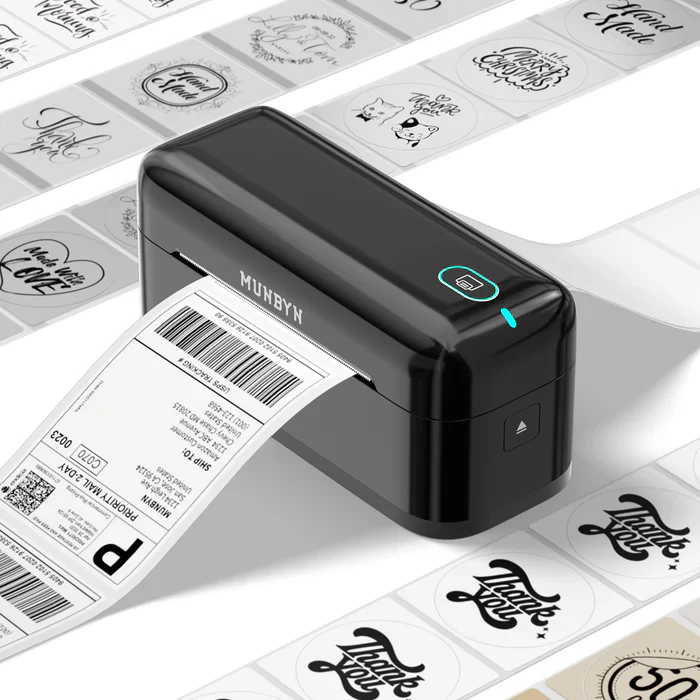
Scaling Up: From 20 Orders/Week to 200/Day
- Add a second tray/source: Keep 4×6″ in the main path, 3×2″ for SKUs nearby.
- Create print presets: “Royal Mail 4×6”, “DPD 4×6”, “SKU 3×2”. One click swaps darkness/speed/size.
- Automate batching: In Shopify/Amazon, batch-select orders by courier, print labels, then pick/pack in that order.
- Spare printer logic: If shipping is mission-critical, a second Munbyn Thermal Printer is cheaper than an hour of downtime.
Maintenance & Care: Keep It Crisp
- Weekly: Dust the path, check guides, tug the first label to ensure free feed.
- Monthly: Clean print head and rollers with alcohol swabs; re-calibrate.
- Media storage: Cool, dry, out of sunlight; thermal stock can darken if baked on a windowsill.
- Firmware/driver: Update quarterly for bug fixes and media compatibility.
These tiny habits extend the life of your Munbyn Thermal Printers and keep output scan-perfect.
Troubleshooting: Fast Fixes Under Pressure
- Label drift (prints between labels): Re-calibrate; check you loaded gap/black-mark media in the correct orientation.
- Light prints: Increase darkness a notch; slow speed; verify thermal side faces the head (scratch test—thermal side marks when scratched).
- Wrinkled labels: Realign guides; ensure the fanfold stack isn’t pulling at an angle.
- Random pauses: Check USB cable length/quality or Bluetooth signal; avoid USB hubs if possible.
- QR/barcode fails: Switch to bold fonts for text, ensure 300 dpi artwork, and keep at least 2–3 mm quiet zone around codes.
Conclusion
Labels should be the simplest part of your day. Pick a model that matches your workflow, lock in 4×6″ for couriers and a small format for SKUs, and create presets so every label looks perfect without tinkering. Keep the print head clean, the media aligned, and the calibration honest, and your thermal printer fades into the background while your business moves faster. Do it once, do it right, and Munbyn Thermal Printers become the quiet upgrade that saves you time, cartridges, and customer-service tickets—every single dispatch.
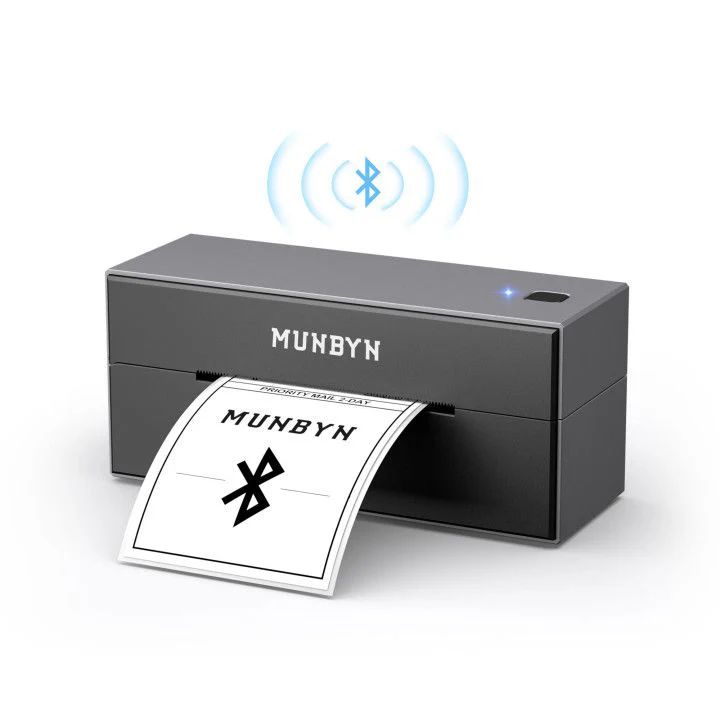
FAQ
- Can Munbyn print Royal Mail and DPD labels?
Yes—set label format to 4×6″/100×150 mm in your courier or marketplace settings, then print the PDF directly to your Munbyn. - Do I need special software?
Not necessarily. The OS print dialog handles PDFs fine. For Bluetooth/mobile, use Munbyn’s app; for bulk shipping, use your platform’s shipping tool or a third-party app. - What labels should I buy first?
Start with 4×6″ fanfold for parcels and 3×2″ rolls for SKUs/returns. Keep both within reach and create presets. - Will thermal labels fade?
Quality stock holds up well. Avoid long sun exposure and store blanks cool/dry. For archival needs (e.g., warranty cards), keep digital copies. - USB or Bluetooth—what’s better?
USB/USB-C is fastest and most stable for desks/batches. Bluetooth is great for mobile labelling and shop-floor flexibility. - Can I print from a Chromebook or iPad?
Yes—use compatible drivers for ChromeOS/desktop or the Munbyn mobile app for iOS/iPadOS with Bluetooth models. - Why are my barcodes failing to scan?
Increase darkness or reduce speed, ensure 300 dpi source, and maintain a quiet zone around the code. Clean the head and try a higher-quality label stock. - What maintenance keeps prints crisp?
Monthly head/roller clean with isopropyl alcohol, dust control around media, and calibration after any label change. - How loud are thermal printers?
Quieter than most inkjets—more of a soft feed/whirr than a clatter. Fine for home offices and late-night batches. - Is there a big difference between fanfold and rolls?
Functionally no; it’s workflow preference. Fanfold is tidy for big batches and storage; rolls are compact for pop-ups and tight desks.

